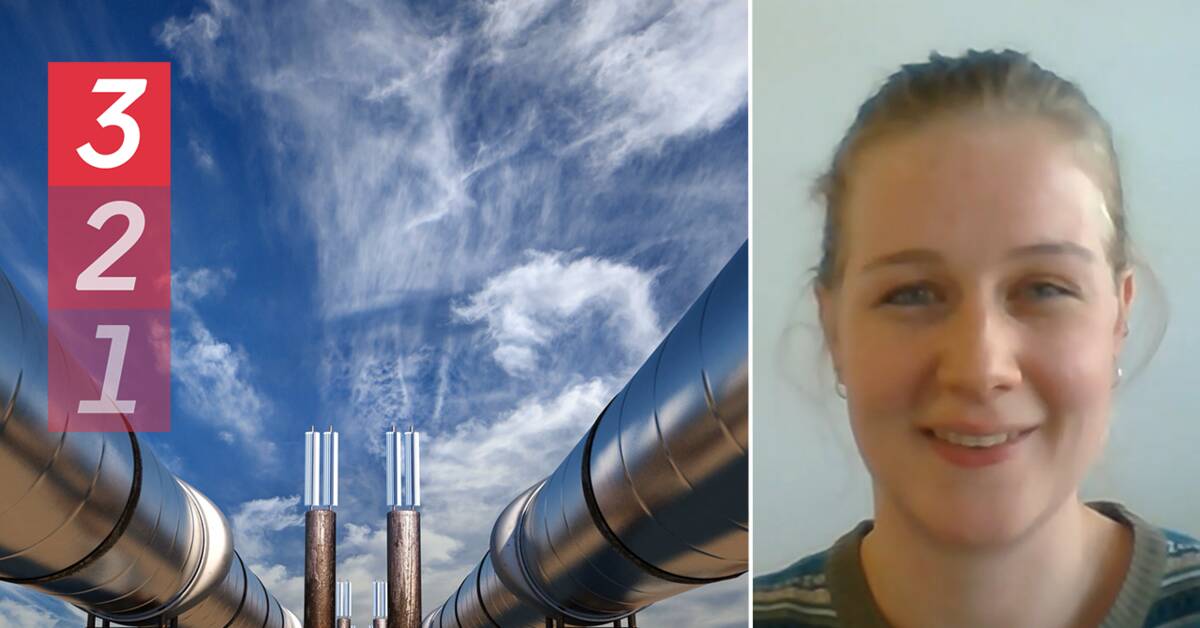Carbon capture and utilization (CCU) technologies can help reduce emissions.
But capturing and making new carbon dioxide products is expensive and the technologies take a long time to develop.
In addition, the technologies that contribute in the long term are not always the ones that are best in the short term.
Kiane de Kleijne and her research colleagues have come to this conclusion when they compared different CCU techniques.
- It was surprising that almost none of the technologies are compatible with both short-term and long-term climate goals.
Ideally, they want to invest in technologies that can help us achieve climate goals as soon as possible, but if they can not achieve long-term goals, you can still get stuck in these technologies in the future, says Kiane de Kleijne.
Halved emissions by 2030
In order to achieve the Paris Agreement's climate goals, there are guidelines to halve carbon dioxide emissions between 2020 and 2030. This requires CCU technicians to become more efficient in the production of products and at the same time limit the amount of carbon dioxide emitted.
This can be done by making better use of by-products manufactured in industries.
For example, energy use is significantly less when carbon dioxide is used directly, for example as fertilizer for cultivation in greenhouses, instead of being converted into another product.
Net zero emissions until 2050
By 2050, researchers have estimated that the same amount of carbon dioxide emitted must be captured to limit global warming.
It places great demands on CCU technology to be able to capture carbon dioxide and convert it into a product without emitting more carbon dioxide than is bound.
If the carbon that is bound in from the beginning comes from fossil fuels, the new product must bind the carbon permanently.
This can be done, for example, by converting slag products from the steel industry into building materials.
Even products that emit carbon dioxide when used, such as fuel, could contribute to reducing greenhouse gas emissions.
But then it is required that the carbon dioxide used to create the product has been obtained directly from the atmosphere or from biomass, such as trees, and not from fossil fuels.
- Since the tree has picked up the carbon dioxide from the air as it grows, and releases the carbon dioxide back into the atmosphere when the product is used, it becomes a zero-sum game.
But that presupposes that the capture of the carbon dioxide can be done without further emissions, says Kiane de Kleijne.
Play the video to hear Kiane de Kleijne talk about what is needed for long-term climate-smart carbon dioxide recycling.

